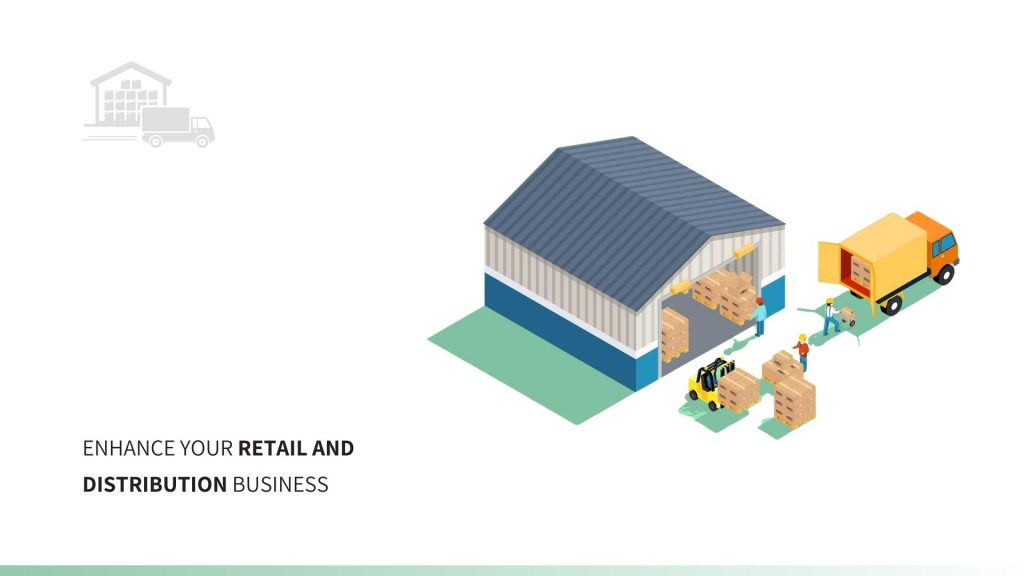In wholesale and distribution, companies regularly seek ways to enhance efficiency, streamline operations, and stay ahead of the competition. Cloud ERP systems are one powerful tool that has proven indispensable in meeting these demands. We’ll explore the critical role of ERP in addressing distribution needs and delve into the latest trends shaping the wholesale and distribution landscape in 2024.
Latest Trends in Wholesale and Distribution in 2024:
Advanced Analytics and AI:
In 2024, wholesale and distribution businesses increasingly leverage advanced analytics and artificial intelligence (AI) within their ERP systems. Predictive analytics help forecast demand, optimize inventory levels, and recognize possible issues before they influence operations.
E-commerce Integration:
With the rise of online shopping, wholesalers are integrating e-commerce functionality into their ERP systems. This integration streamlines the order-to-cash process, enhances customer experience, and allows businesses to adapt to changing consumer preferences.
Mobile ERP Solutions:
Mobile ERP applications are becoming more prevalent, enabling workers to access vital information and perform tasks remotely. This trend caters to the evolving nature of work, allowing for greater flexibility and responsiveness.
Blockchain for Supply Chain Transparency:
Blockchain technology is gaining traction for enhancing transparency and traceability in the supply chain. By integrating blockchain into ERP systems, wholesalers can ensure the genuineness of products, decrease fraud, and build customer trust.
Challenges in Wholesale and Distribution:
Wholesale and distribution businesses face numerous challenges, including complex supply chains, fluctuating demand, inventory management, and the need for real-time data visibility. Inefficiencies in these areas can lead to increased costs, order delays, and customer dissatisfaction. ERP systems offer a comprehensive solution by integrating various business processes and providing a unified platform for efficient management.
Key Benefits of ERP in Distribution:
Streamlined Operations:
Cloud ERP solutions automate and optimize core business processes, such as processing orders, inventory control, and supply chain coordination. Streamlining increases operational efficiency, reduces manual errors, and faster order fulfillment.
Real-time Visibility:
With ERP, businesses gain real-time visibility into their entire supply chain. This visibility allows for better decision-making, as managers can monitor stock levels, track shipments, and adjust strategies promptly based on market changes.
Data Integration:
ERP systems break down data silos by integrating data from various departments. This integration ensures all stakeholders access to valid and up-to-date data, fostering collaboration and improving overall business intelligence.
Conclusion
As the wholesale and distribution landscape evolves, Acumatica ERP solutions are pivotal in driving efficiency and adapting to emerging trends. Businesses that embrace these technologies position themselves to meet current challenges and stay agile in the face of future disruptions. By leveraging the ERP capabilities and staying attuned to industry trends, distribution businesses can thrive in the competitive marketplace in 2024 and beyond.

Vijay comes with a vast experience in ERP and enterprise solutions space with about 20 years of experience in various packaged application like Acumatica, SAP, Orion, Salesforce.com, SugarCRM and, SalesLogix.

